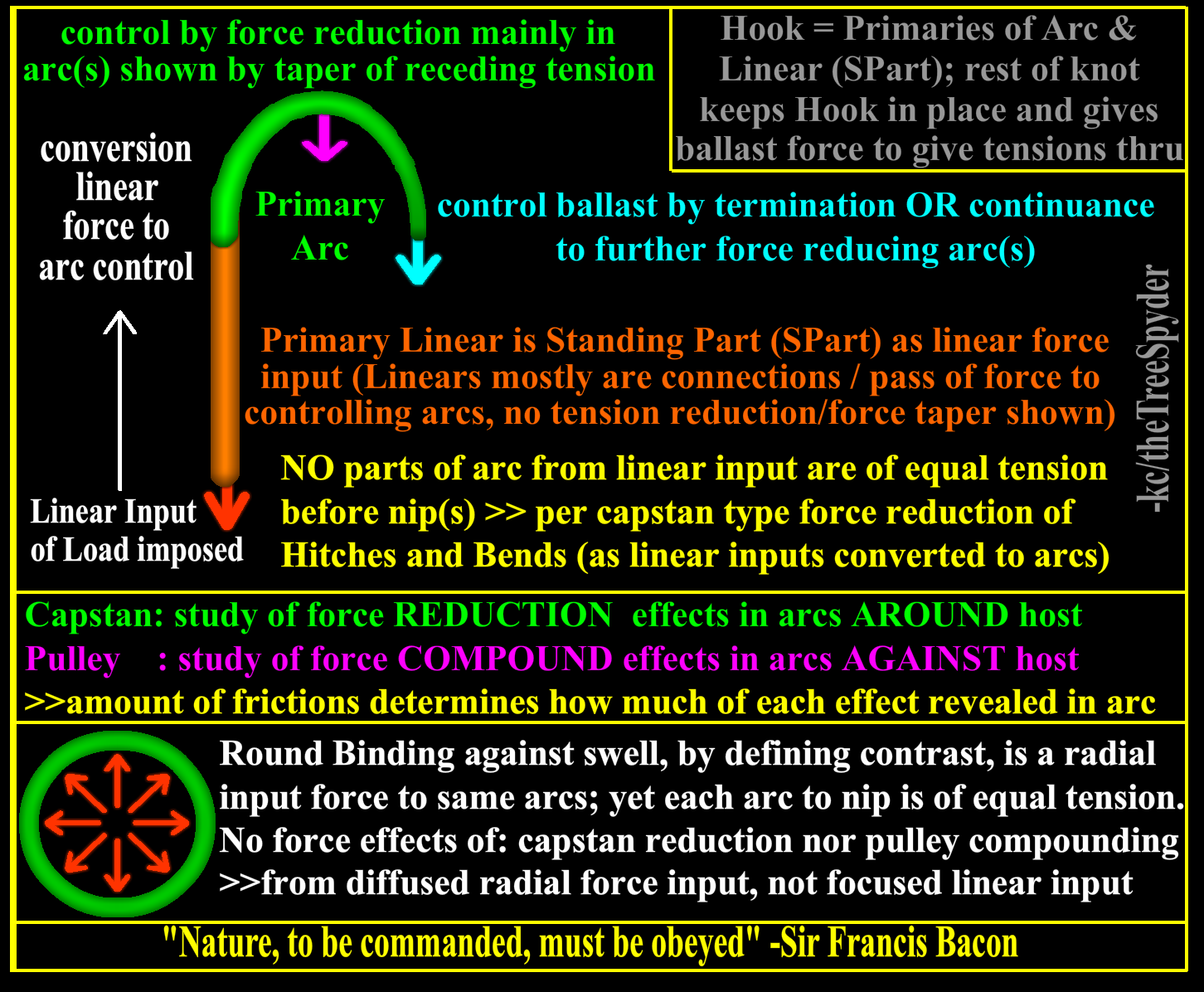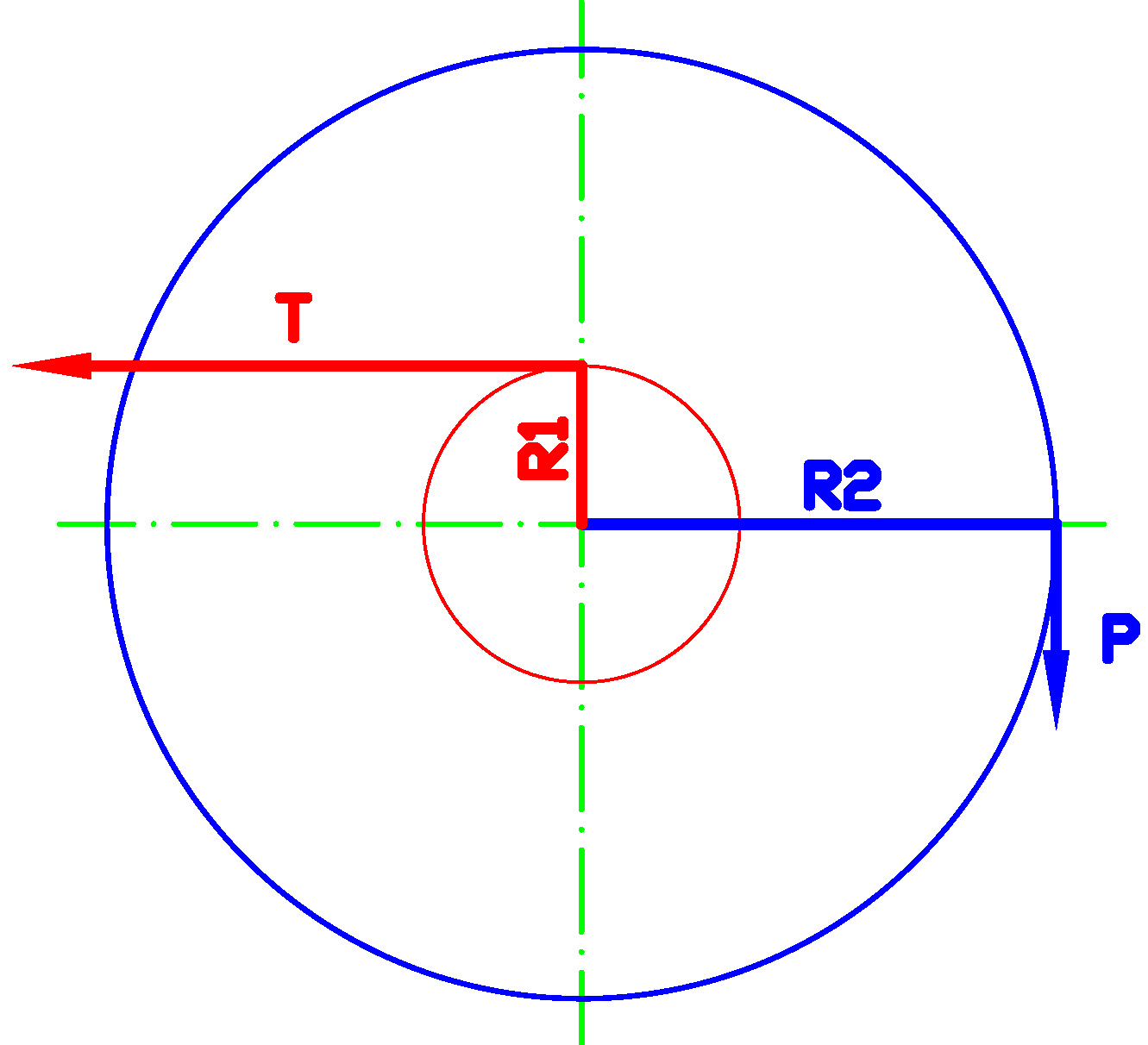In the world of physics and engineering, pulleys play a crucial role in various systems. They are used to change the direction of a force or transmit motion between different parts of a system. One important aspect of dealing with pulleys is understanding how to calculate the tension force in a pulley system. In this blog post, we will dive into the intricacies of finding the tension force in a pulley, providing you with a clear understanding of the concept, supported by examples and formulas.
How to Calculate Tension Force in a Pulley System
Identifying the Variables in the Pulley System
Before we delve into the calculations, it’s essential to identify the variables involved in a pulley system. These variables include the mass of the objects connected to the pulley, the acceleration due to gravity, and the coefficient of friction, if applicable. By understanding these variables, we can proceed with the necessary calculations.
Applying the Force Formula for Pulley
To calculate the tension force in a pulley system, we can use the concept of Newton’s second law of motion. According to this law, the net force acting on an object is equal to the mass of the object multiplied by its acceleration. In the case of a pulley system, the tension force in the rope connected to the pulley generates acceleration in the objects it supports.
Steps to Calculate Tension Force
To calculate the tension force in a pulley system, follow these steps:
-
Identify the objects connected to the pulley and the system’s configuration. Determine the masses of these objects and any relevant coefficients of friction.
-
Draw a free-body diagram for each object, considering the forces acting on them. These forces include the weight of the objects (mg), any frictional force (if present), and the tension force in the rope.
-
Apply Newton’s second law of motion to each object. Write down the equations based on the forces acting on them.
-
If the pulley system involves multiple objects connected to the same rope, ensure that the tension force in the rope is the same for all objects.
-
Solve the equations simultaneously to find the tension force in the pulley system.
Worked-Out Examples on Finding Tension Force in a Pulley System

Let’s explore some worked-out examples to solidify our understanding of how to find the tension force in a pulley system.
Example 1: Simple Pulley System
Consider a simple pulley system where two masses, m1 and m2, are connected by a rope passing over a pulley. If m1 = 5 kg and m2 = 3 kg, and the system is frictionless, we can calculate the tension force.
- The free-body diagram for m1 includes the weight force (m1 * g) and the tension force (T).
- The free-body diagram for m2 includes the weight force (m2 * g) and the tension force (T).
- Applying Newton’s second law of motion to both objects gives us two equations:
- m1 * g – T = m1 * a
- T – m2 * g = m2 * a
- Since the tension force (T) is the same for both objects, we can combine the equations and solve for T.
Example 2: Complex Pulley System with Different Masses
Imagine a more complex pulley system with three masses, m1, m2, and m3, connected in a series by ropes passing over pulleys. If m1 = 10 kg, m2 = 5 kg, and m3 = 8 kg, we can find the tension force in such a system.
- The free-body diagram for m1 includes the weight force (m1 * g) and the tension force (T1).
- The free-body diagram for m2 includes the weight force (m2 * g) and the tension forces (T1 and T2).
- The free-body diagram for m3 includes the weight force (m3 * g) and the tension force (T2).
- Applying Newton’s second law of motion to all three objects gives us three equations.
- By combining the equations and solving for T1 and T2, we can find the tension forces in the system.
Example 3: Pulley System with Friction
Now, let’s consider a pulley system with friction. Suppose two masses, m1 = 6 kg and m2 = 4 kg, are connected by a rope over a pulley with a frictional force acting on it. To find the tension force in this system, we need to account for the frictional force.
- The free-body diagram for m1 includes the weight force (m1 * g), the tension force (T), and the frictional force (Ff).
- The free-body diagram for m2 includes the weight force (m2 * g) and the tension force (T).
- Applying Newton’s second law of motion to both objects gives us two equations.
- Since the tension force (T) is the same for both objects, we can combine the equations and solve for T, considering the frictional force.
Common Problems and Solutions in Calculating Tension Force in a Pulley


While calculating the tension force in a pulley system, it’s easy to encounter some common problems. Let’s explore a few of these problems and their solutions to ensure accurate calculations.
Misunderstanding the Role of Different Variables
One common problem is misunderstanding the role of different variables involved in the pulley system. Make sure you correctly identify and consider the mass of the objects, the coefficient of friction (if applicable), and the acceleration due to gravity. Understanding these variables is crucial for accurate calculations.
Incorrect Application of the Force Formula
Applying the force formula incorrectly can lead to inaccurate results. Ensure that you properly apply Newton’s second law of motion to each object in the system and consider the tension forces acting on them. Proper application of the force formula is essential for obtaining correct tension force values.
Tips to Avoid Common Mistakes
To avoid common mistakes when calculating tension force in a pulley system, keep the following tips in mind:
- Double-check your free-body diagrams to ensure you’ve considered all the relevant forces acting on the objects.
- Label the tension forces consistently throughout the system.
- Take care when dealing with frictional forces, making sure to account for their direction and magnitude in your calculations.
- If the pulley system involves multiple objects, remember that the tension force in the rope is the same for all objects connected to it.
By following these tips and practicing with various examples, you will become proficient in calculating tension force in pulley systems.
Also Read:
- Torsion force example
- Boiling point and molecular forces
- How to calculate buoyant force
- Resultant force and net force
- Is applied force a contact force
- Is force a vector quantity
- Gravitational force of earth
- External forces examples
- Atomic force microscopy imaging techniques
- Electrostatic force and charge
Hi, I’m Akshita Mapari. I have done M.Sc. in Physics. I have worked on projects like Numerical modeling of winds and waves during cyclone, Physics of toys and mechanized thrill machines in amusement park based on Classical Mechanics. I have pursued a course on Arduino and have accomplished some mini projects on Arduino UNO. I always like to explore new zones in the field of science. I personally believe that learning is more enthusiastic when learnt with creativity. Apart from this, I like to read, travel, strumming on guitar, identifying rocks and strata, photography and playing chess.